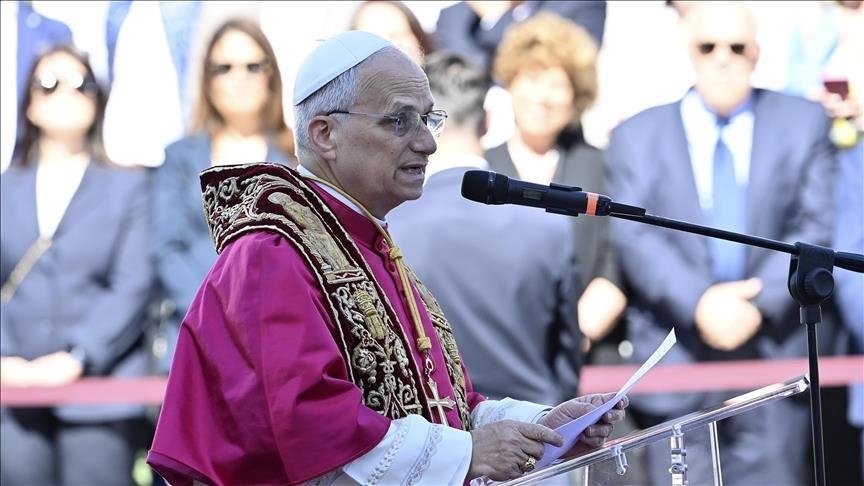The Russian Ministry of Economic Development has revised its forecast for inflation from 17.6% to 13.4% as of the end of 2022, according to key parameters in the 2025 draft socioeconomic development outlook available with TASS.
According to the document, inflation will gear down to 5.5% in 2023. The consumer price index is expected to gain 4.2% in 2024 and 4% in 2025.
The ministry expects the national gross domestic product (GDP) to decline by 4.2% as of the end of 2022. As indicated in the draft outlook, the national GDP will stand at 144.9 trillion rubles ($2.37 trillion) in 2022. GDP is expected to contract by 2.7% in 2023. The recovery is anticipated to start in 2024 (+3.7% and continue in 2025 (+2.6%), according to the document.
The ministry also expects Russia’s trade balance to be $299.6 bln as of the end of 2022 and its further decline. The document forecasts that exports will grow to $585.3 bln in 2022 and imports will decline to $285.7 bln. The surplus of $190.8 bln is expected in 2023 on account of lower exports and higher imports ($505.4 bln and $314.5 bln accordingly). The macroeconomic outlook anticipates a smaller decrease in exports against more active import recovery in the next two years. According to estimates in the draft document, the trade balance surplus will stand at $169.2 bln in 2024 and $153.6 bln in 2025.
The Ministry of Economic Development expects Russia’s retail trade turnover to decline by 6.6% as of the end of 2022. The ministry expects the retail trade turnover to gain 2% in 2023, 5.6% in 2024, and 2.4% in 2025.
The draft paper also anticipates that paid services to the population will tumble 1.5% as of the end of this year but will rise by 1.3-2.8% in 2023-2025.
The ministry revised its forecast for the country’s unemployment rate from 6.7% in the May outlook to 4.8% as of the end of 2022. The average annual unemployment rate is expected to be 5.2% in 2023 and 4.6% in 2024, while the forecast for 2025 provides for 4.5%. The unemployment rate is expected to be the highest in late 2022 - early 2023, the government official noted.
"Some industries and regions are expected to face workforce shortages, while others will have to deal with unemployment at some point. This is related exactly to the structural transformation of the economy," the official said.










